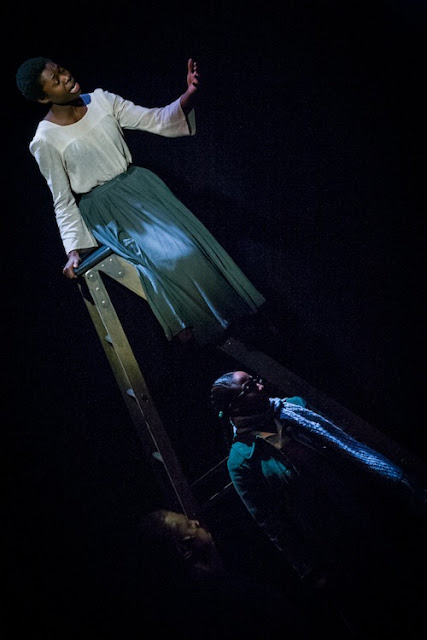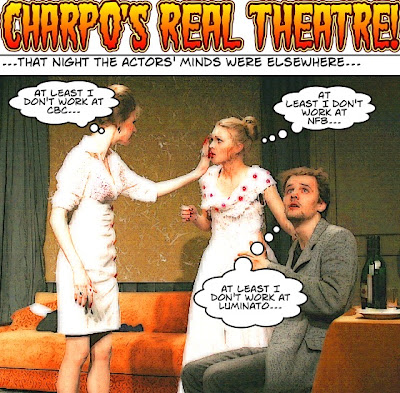Quiet On The Set...and...Remember!
Backstage at the COC brings the past and the biggest question facing opera
by Alex Van Chee
(photos by Karl Forster from the Théâtre Royal de la Monnaie production of Semele, 2009)
So there I was standing in the backstage of the Four Seasons Centre for Performing Arts amongst a frenzy of camera crew, reporters, and other media writers like a fish out of water on a Friday afternoon, wondering what to do. It was Canadian Opera Company’s media meet and greet event for the upcoming big budget production of Handel’s Semele and everybody was excited. There were speeches about the history and the mechanics of the very impressive “set” (a real 500 hundred-year old Ming temple made of camphor wood, dismantled and put back together here in Toronto), about the multiculturalism and its significance both to the opera and the city of Toronto, about the impossible task of running 3 different operas simultaneously, each with its own sets. Having never been at an event quite like this before, I was suddenly at a loss: I didn’t know what I was doing there. I didn’t have a clear agenda (I knew I had to write something after the trip), I am an introvert (my friends would protest violently on this) so speaking to strangers in an event like this was quite frightening, and I was ill prepared for any one-on-one interviews (I didn’t know this was part of, or even the point of a media event). I must have sweat buckets because the media kit prepared for me that I clutched tightly in my hands was wrinkled and damp.



























